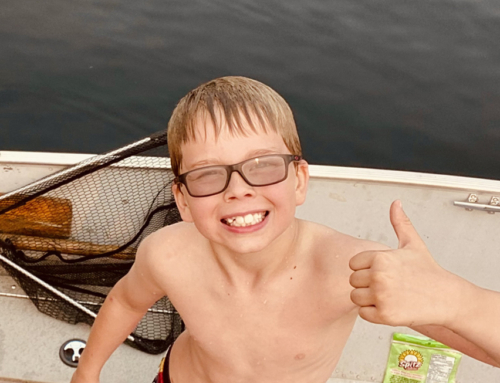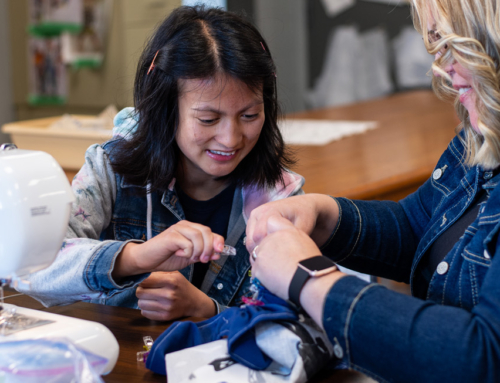I’m not too keen on flying. I wouldn’t say I’m terrified, but even if it’s a very smooth flight, I’m at least uncomfortable with being nine kilometers above the surface of the earth.
It’s not actually a fear of flying; it’s more a fear of crashing.
To deal with this fear, I have a little routine that helps. Before I get on an airplane, I go over some statistics. I remind myself that, statistically, there is only a 1 in 7 million chance of this flight going down. I tell myself that if I flew every single day, I would crash only one day in 19,000 years. In order to equal the number of deaths on North American highways, one commercial airline would have to crash every day to get close to the number of automobile deaths. My brother told me that on the most dangerous day of air travel in history, September 11, 2001, only four out of over 30,000 flights crashed. These statistics reassure me that it is highly unlikely that I will meet my end by pummeling into the ground in an aircraft.
After I review these facts, I’m fine. I’m fine, that is, until there’s turbulence. Even the slightest bump concerns me—I have an active imagination. I imagine the white-faced, wide-eyed co-pilot staring out the window, paralyzed with fear; I imagine the pilot, grasping the wheel with white knuckled-fists, yelling, “I can’t hold it. She’s breaking up. She’s breaking up!”
The turbulence produces a fear that negates all that I know, rationally, about the safety of air travel.
It’s no secret that emotions can quite easily override reason. It happens all the time. Look at young lovers. As a high school English teacher, I come across this phenomenon both in the Shakespeare, where it is mocked, and the hallways, where it is embodied.
Reason tells me I can trust the airplane, but emotion takes over and my faith evaporates in an instant. The truth of airplane safety hasn’t changed—I have.
Unlike me, my wife has no fear of flying. When we travelled to Boston a few years ago, our flight encountered some turbulence. On a scale of 1-10, I’d put it at a 9. Dani tells me it wasn’t even a 2. Once the turbulence starts, it is obvious that Dani has a lot more faith in the airplane than I do. Interestingly, both she and I ended up alive and well, in Boston, and at the same time, regardless of how much faith or little faith we had in the plane.
Flying tells me two things about faith. First, contrary to popular belief, my faith is, in large part, rational; it’s my doubts that are grounded in emotion. Second, it’s not so much how much faith I have, but what I put my faith in that makes all the difference.






WHAT DO YOU THINK?